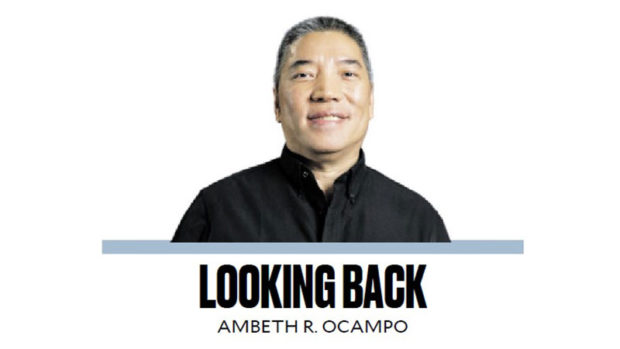Fashion collided with history in the recent week with two notable events. Beauty Gonzalez made a bold statement at the 2023 GMA ball by wearing jewelry crafted from pre-Spanish Philippine gold artifacts. Similarly, Sen. Imee Marcos wore traditional Cordillera textiles, ornaments, and tattoos to the 2023 State of the Nation Address (Sona). Both women received a mix of praise and criticism for their fashion choices, leading to an important discussion about cultural appropriation and the preservation of cultural heritage.
However, to truly address these issues, we must move away from the sensationalism that often dominates online discourse. Negative and frivolous comments only serve to distract from the core problems at hand. Instead, let us focus on the substance of the matter.
In Senator Marcos’ case, she defended her choice to wear traditional Cordillera attire as a tribute to the rich culture of indigenous tribes. She explained that even the tattoos on her body held meaning, symbolizing selfless service, dedication, renewal, and the establishment of values in society. However, this attire was deemed an example of “cultural appropriation,” which refers to the inappropriate adoption of another culture’s customs, practices, or ideas by a more dominant society. The Siklab Philippine Indigenous Youth Network expressed their disappointment, stating that Marcos had insulted indigenous peoples by wearing their clothing improperly and misusing sacred tattoos that hold significant meaning.
Similarly, Beauty Gonzalez’s choice to wear jewelry made from precolonial Philippine gold artifacts also sparked controversy. While she appreciated these ancestral pieces and showcased their historical significance, critics pointed out that the jewelry she wore were likely grave robber items. They argued that legally excavated artifacts should belong to institutions like the National Museum or the Bangko Sentral ng Pilipinas (BSP).
The BSP’s gold collection, while important in preserving these artifacts, has its drawbacks. On one hand, it saved these objects from disappearing into private collections or being melted down for their gold value. On the other hand, its acquisition methods unintentionally contributed to the looting of archaeological sites, resulting in the loss of valuable historical context. This highlights the need for a more thoughtful approach to the preservation and display of cultural artifacts.
In conclusion, while fashion initiated the conversation surrounding cultural appropriation and cultural heritage, it is crucial to continue discussing these issues in a meaningful way. Sensationalism and shallow comments only detract from the core problems at hand. By fostering a deeper understanding and respect for cultural heritage, we can work towards a more inclusive and respectful society.
Denial of responsibility! VigourTimes is an automatic aggregator of Global media. In each content, the hyperlink to the primary source is specified. All trademarks belong to their rightful owners, and all materials to their authors. For any complaint, please reach us at – [email protected]. We will take necessary action within 24 hours.


